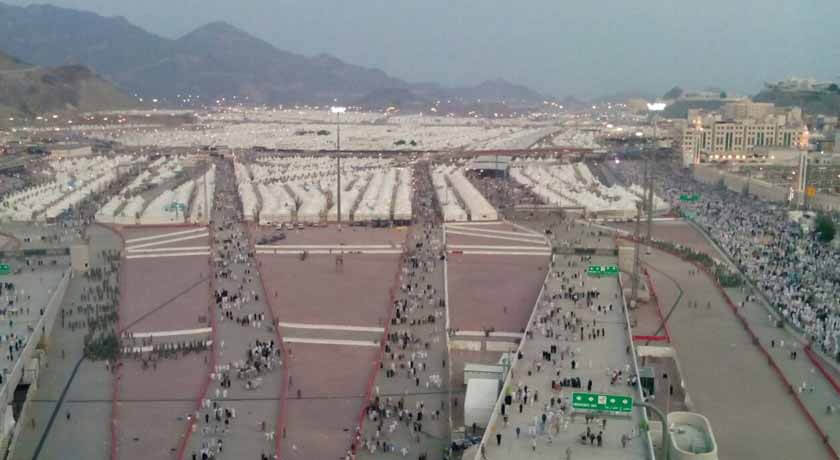Significance of Mina during the Hajj
When it comes to famous Islamic landmarks, the renowned area of Mina is never emphasized enough. It is located just seven kilometers in an eastern direction of the Masjid ul Haram in Makkah. This destination is specially called out during the Hajj time.
It is where pilgrims spend the night on 8th, 11th, and 12th and in some cases the 13th of Zul Hijjah. Mina possesses the Jamarat while is an important symbol for the stoning ritual. Three hard stone pillars are struck by pilgrims as a part of the Hajj ritual of stoning the devil.
From the facts being mentioned above, it is evident that the significance of Mina during the Hajj cannot be denied. And that is why we are shedding more light upon this topic below.
Why is Mina important in Hajj?
There are a certain number of religious practices that must be performed during the Hajj. After Hajj pilgrims embark upon their tawaf, they are instructed to return to Mina. Most pilgrims travel via foot or buses to this religious destination. The entire day and night are spent in tents laid out for their convenience. This is commonly referred to as Layali alTashriq.

It should be remembered that the pilgrims stay overnight there is termed to be a significant practice. Believers engage in offering prayers, reading the Quran, offering worship to ALLAH SWT, hear Islamic lectures and perform Zikr all night. The rise of dawn signifies the pilgrims’ exit from Mina. The Hajjis then travel to the plain of Arafat to begin the next leg of their Hajj pilgrimage.
The stoning of the devil at Mina and its significance during the Hajj
The third day of Hajj signifies the move of pilgrims before sunrise to this sacred area. This is where the Hajjis take part in the Ramy or the stoning ritual. Stone pebbles are collected one day before in advance. These are then struck at any of the three pillars standing in Mina. These three pillars are commonly referred to by their names. There is the Jamrat al- Aqaba, which is the largest, then the Jamrat al-Wusta or the middle one and finally Jamrat al-Sughra or the smallest one.

The Islamic belief that surrounds this ritual relates back to historic times where it was Satan’s try to persuade Hazrat Ibrahim into disobeying God’s command of sacrificing his son Hazrat Ismail. All the pebbles thrown at the pillars represent the rejection shown by Hazrat Ibrahim of Satan. This was a true test of faith. This particular ritual has been termed as one of the most dangerous as well as emotionally gratifying and tense experiences of them all. This is usually followed by the slaughtering of animals and the distribution of meat to the poor and underprivileged.
Mina as referenced in the Holy Quran
The significance of the Mina during the Hajj cannot be denied. The Holy Quran is proof of this very notion. It is clearly referenced in Surah Baqarah that believers must remember ALLAH during the prescribed 10 days of Dhul Hijjah. Whoever speeds their departure in two days shall have no fear as there is no sin upon them. Whoever delays their departure until the third day, again there is no sin upon them as they are God-fearing. All believers should fear ALLAH as they shall be gathered in front of Him on the Day of Judgment.


























